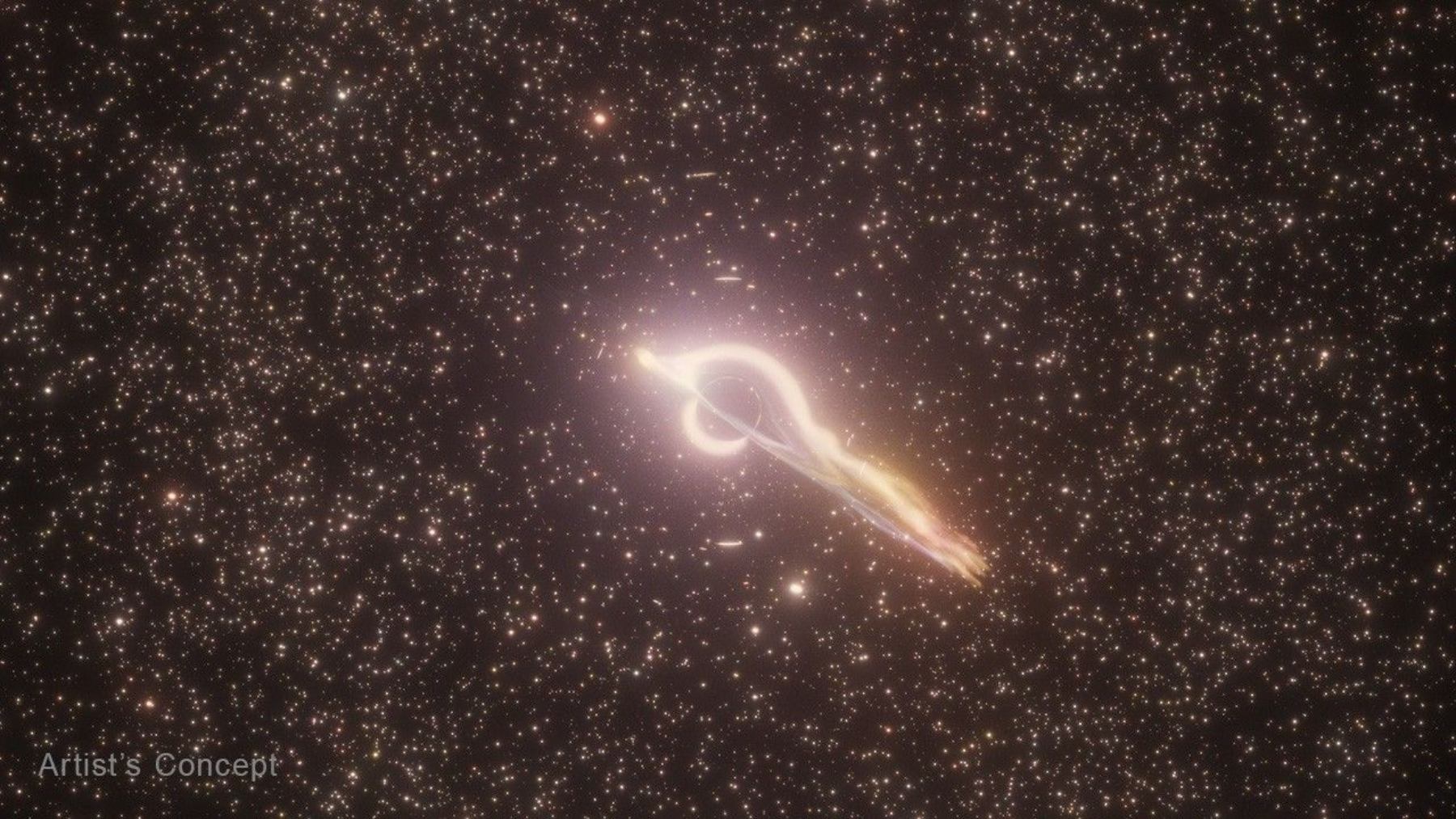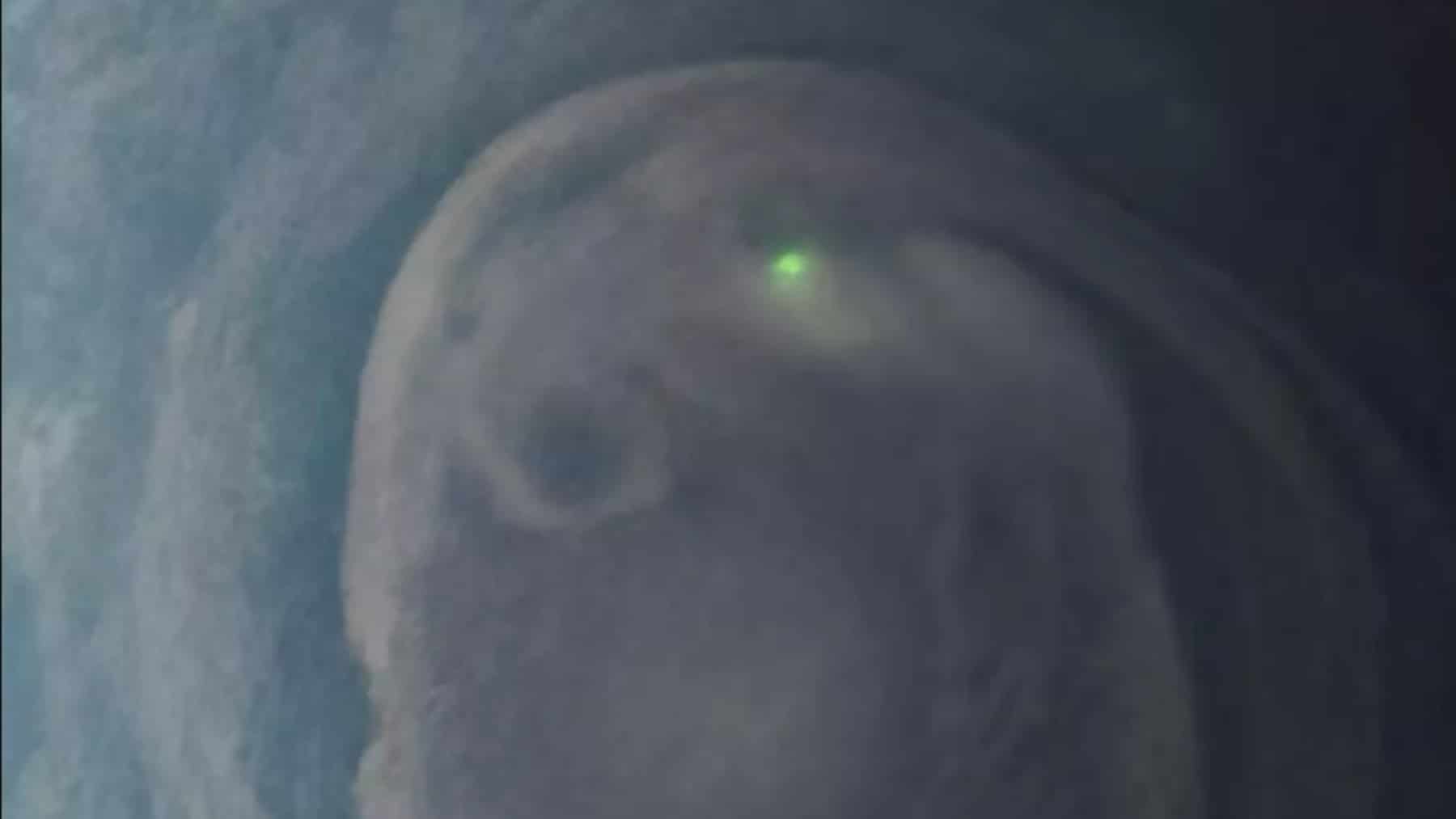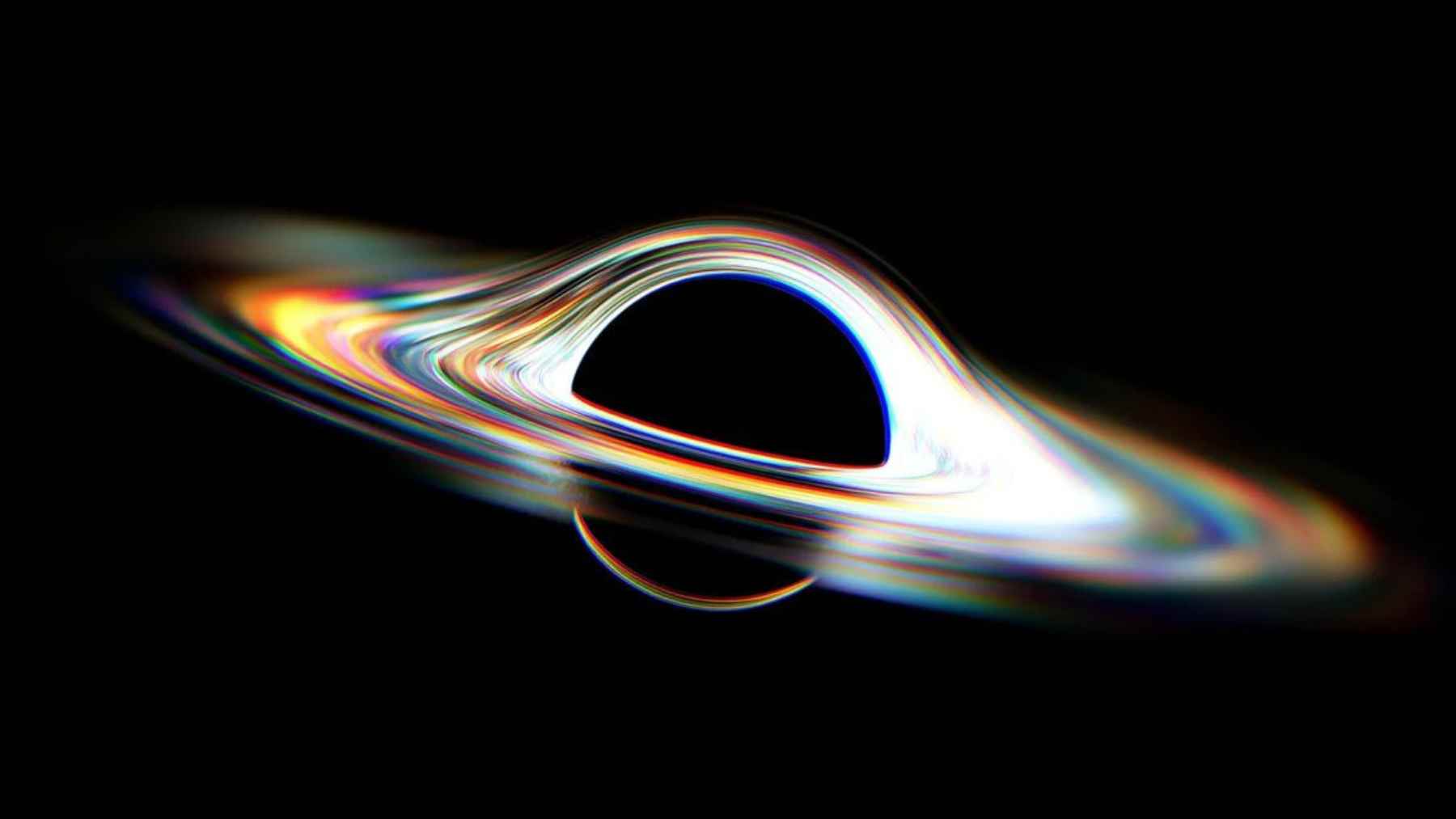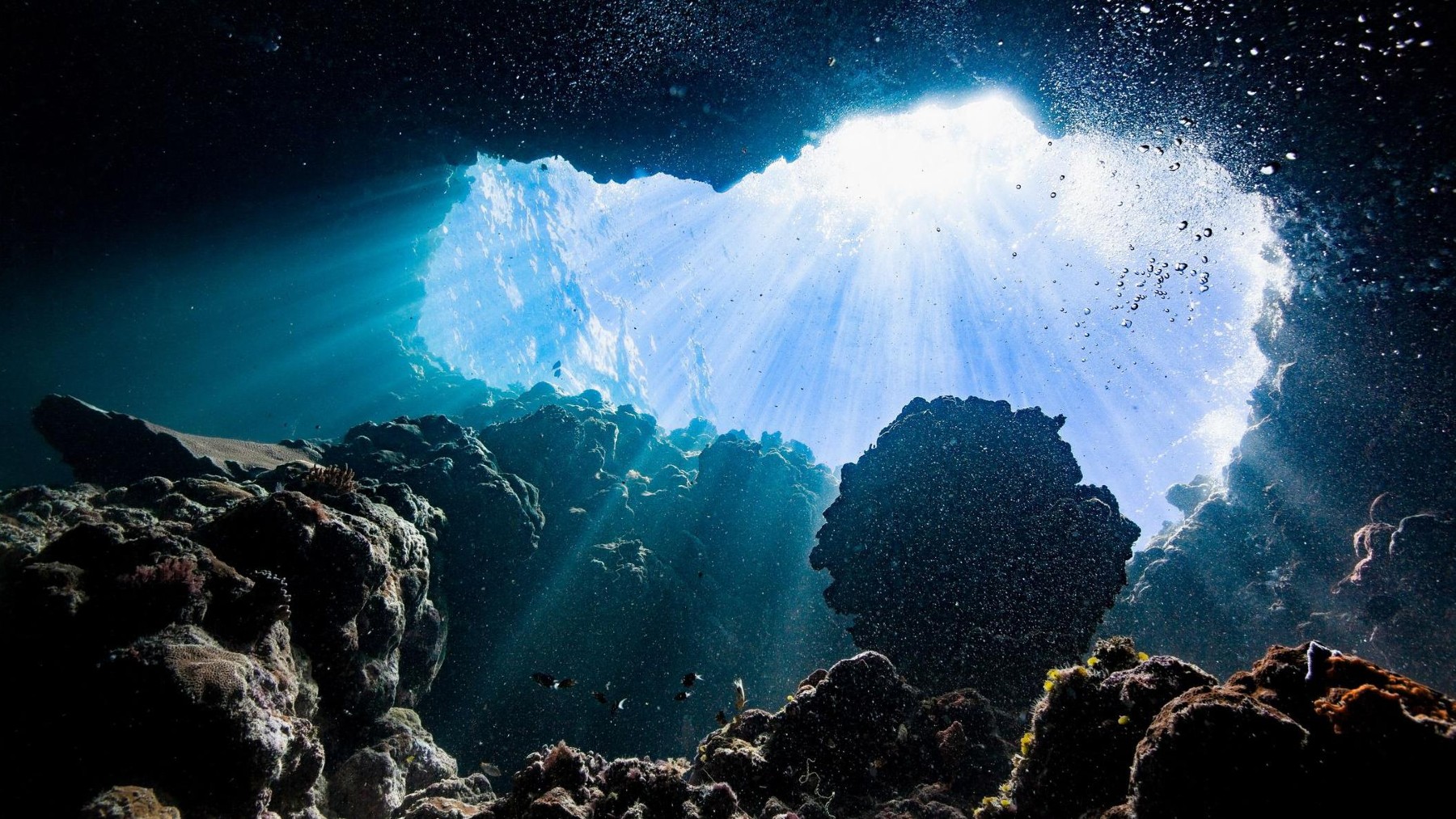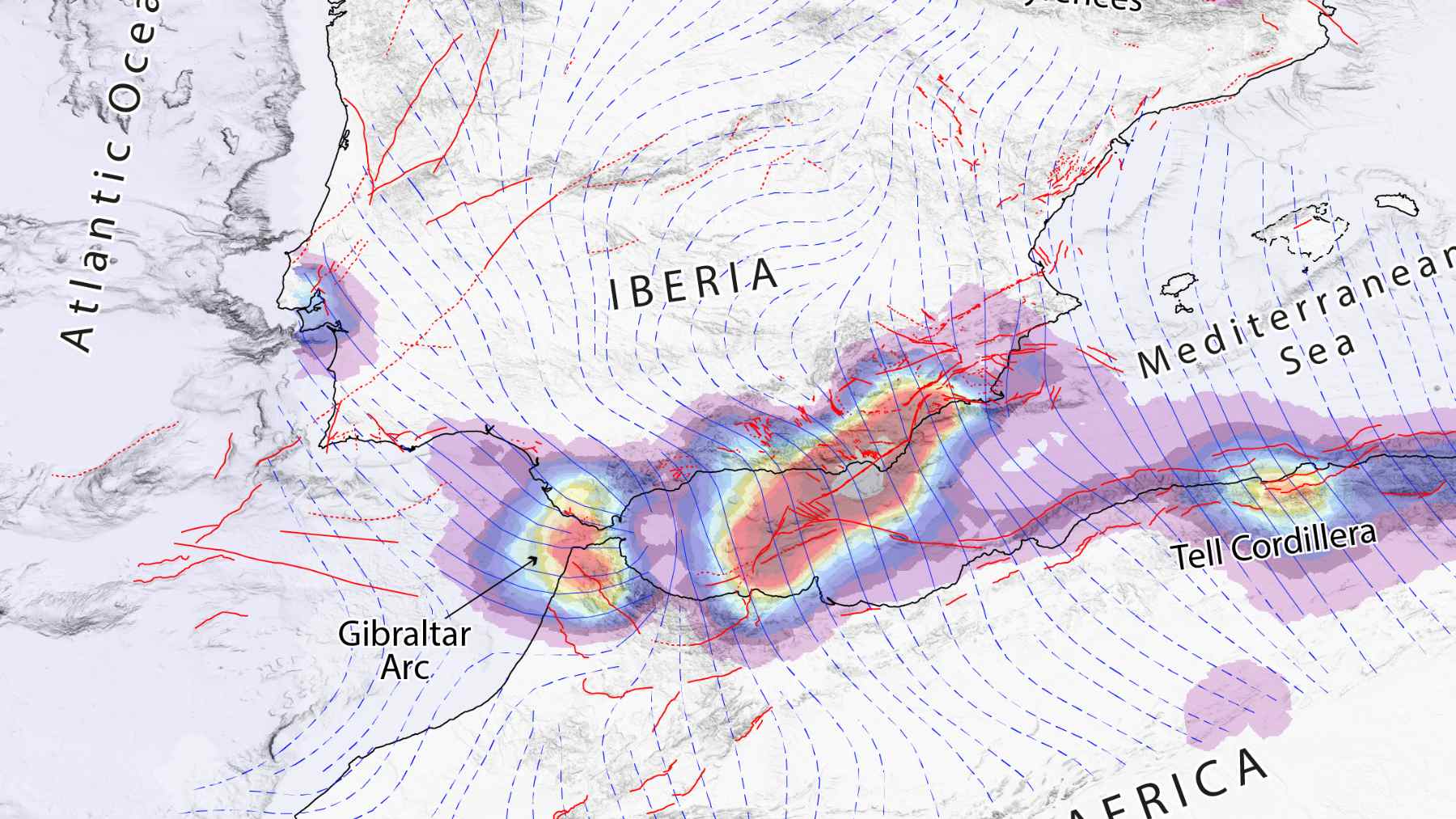Astronomers are celebrating the discovery of an invisible monster wandering through the depths of a distant galaxy that could fill one of the biggest gaps in modern astrophysics. A mysterious source of extreme radiation has been detected millions of light-years from Earth, and it may be about to change what we know about the evolution of black holes and galaxies.
A mysterious flare lit up deep space: What emerged was a cosmic monster
Of course, this “monster” didn’t appear out of nowhere; in fact, it all started with an anomaly. In 2009, NASA’s Chandra telescope detected an unusual point of light near the galaxy NGC 6099, located about 450 million light-years from Earth in the constellation Hercules. At first, it was just that: an unexpected glow in a part of the universe that, until then, seemed dormant.
The story became increasingly interesting as the years passed. In 2012, the same point shone a hundred times brighter than before. Then it began to fade… To put it in perspective, it was like watching a sudden fire in the vacuum of the cosmos, without understanding what ignited it or what was left behind. The emission was intense, with temperatures around 3 million degrees Celsius, something worthy of a catastrophic event. And of course, with all this, scientists already knew this was unusual. They were observing something rare, unpredictable, and potentially revolutionary.
A doomed star revealed a hidden black hole between worlds
But to better understand what was happening, scientists had to cross-reference Hubble Space Telescope data with X-ray images, and then the team confirmed their suspicions: the bright spot was an intermediate-mass black hole, known as HLX-1. And no, you’re not the only one who’s never heard of this type of black hole. That’s because these objects are so rare (or rather, so difficult to detect) that many astronomers spent decades doubting their existence. They’re somewhere in between small black holes, which form from the death of massive stars, and supermassive ones, which occupy the centers of galaxies.
The problem is that these intermediate holes don’t tend to feed often. This means that when they don’t eat, they don’t emit light—in other words, they remain invisible. The only chance to capture them is when they decide to swallow some unlucky star that crossed the wrong path. This is exactly what appears to have happened with HLX-1: an event called a tidal disruption event, where the black hole tears apart a star and forms a glowing disk around it (perhaps this type of phenomenon could even be confused with the star-destroying monster detected by NASA).
“Now we have to wait and see if it’s exploding multiple times, or if there was a beginning, a peak, and now it will simply diminish until it disappears,” said study co-author Roberto Soria of INAF.
Could mid-size black holes be the missing link behind galactic giants?
The discovery of HLX-1 is much more than a rare discovery; it could be the key to understanding how supermassive black holes form. One leading theory suggests that these supergiants were born from the merger of several smaller holes, such as intermediate black holes. And as galaxies merge, their black holes would also merge, growing over time. Another hypothesis suggests that some black holes arose directly from gas collapses, skipping the star formation phase.
We’re still not sure, but with telescopes like the Vera C. Rubin Observatory about to scan the sky in real time, we’ll be able to identify many more “attack” events like HLX-1. And this could usher in a new era of black hole statistics: how many there are, where they are, and how often they attack—and even the question: Do we live inside a black hole?
